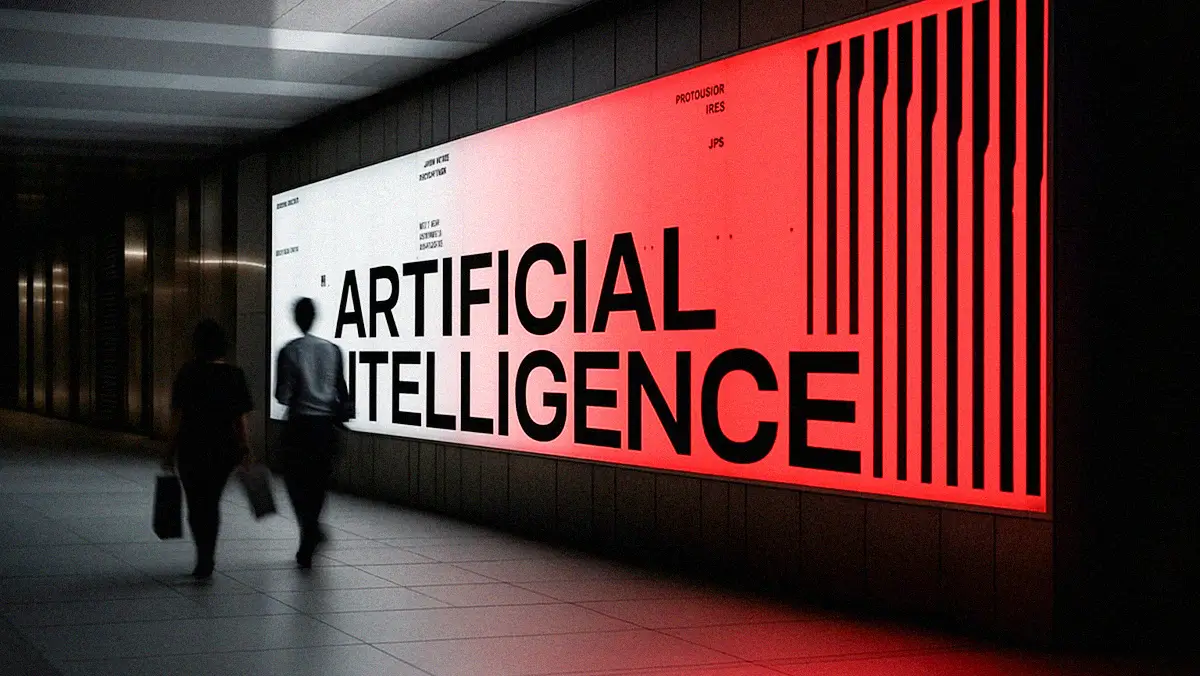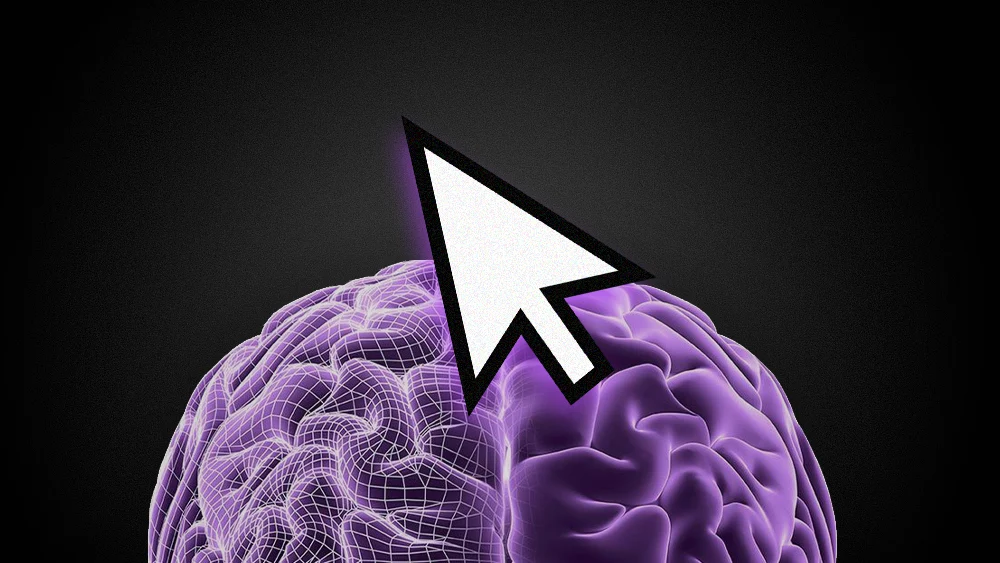Beyond traditional tech cycles, AI’s new upgrade curve is constant and unforgiving. Every few weeks, the gap widens. Those who move fast gain exponential leverage, while the rest get left behind.
Simon Smith, EVP of Generative AI at Klick Health, a leading health commercialization firm, sits at the intersection of science and tech. From that vantage point, he’s watching AI redraw the rules faster than most organizations can react.
Power gap widens: "The models get substantially better at impactful things every month now," Smith says. "If you're leveraging something that is getting 10–20% smarter that frequently, and others aren't, you can see how the gap between those leaned in and those leaned out could seriously exacerbate inequality. It's amazing, but also a little disconcerting." With exponential AI gains compounding every few weeks, hesitation isn't harmless. It's a competitive risk.
Coffee break insights: GenAI is dismantling old assumptions about data work, especially when it comes to messy, unstructured information. "A lot of previous AI work required a tremendous amount of data orchestration to extract any value. That's not necessary anymore for many things," Smith explains. Tasks that once required months of cleanup and engineering can now be handled in minutes. "With data connectors in tools like ChatGPT Enterprise, you can just point it at a folder, give it a task, go get a coffee, come back 30 minutes later and have a report."
With AI advancing this quickly, perfection is a poor benchmark. "People try AI, and if it doesn't perfectly do what they want, they dismiss it," Smith says.
80% mindset: "What we’ve been doing is finding cases where AI works 80% today because we know that in three to six months, that problem will be solved." The real opportunity lies in those rough-edged use cases—where the tech is close, but not quite there. "If the only focus is on what AI can do 100% perfectly now," he explains, "there’s no preparation for what it’ll be capable of tomorrow."
While giants like OpenAI race to dominate broad, horizontal use cases, Smith sees room for more focused players to thrive. "All of the big use cases, like meeting notes or general coding, will be eaten by the labs for sure," he says. "But if you have a very specific, extremely niche vertical use case—like compliance work in life sciences requiring explainable, rules-based AI alongside LLMs—that’s probably not something OpenAI or Google are going to build."
In other words, the future may be horizontal at the top—but the real growth, for now, lives in the verticals.









